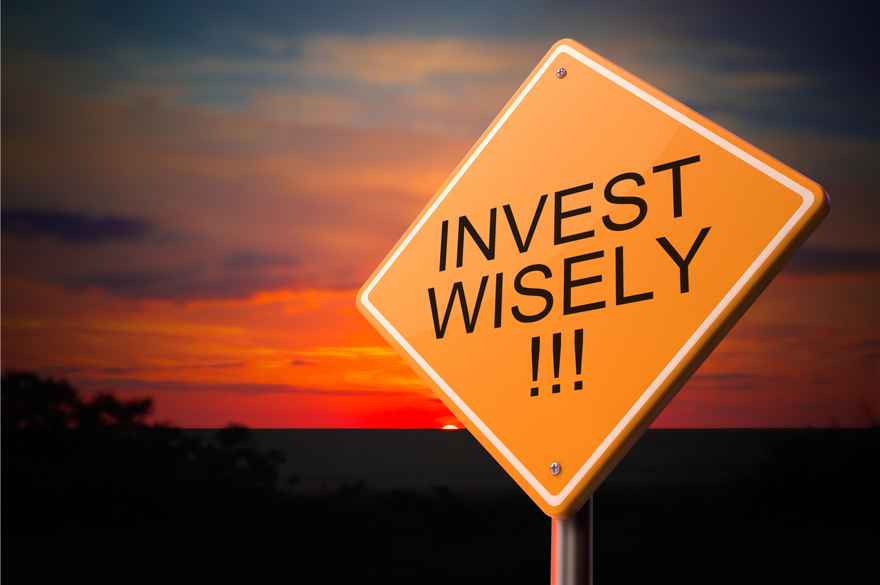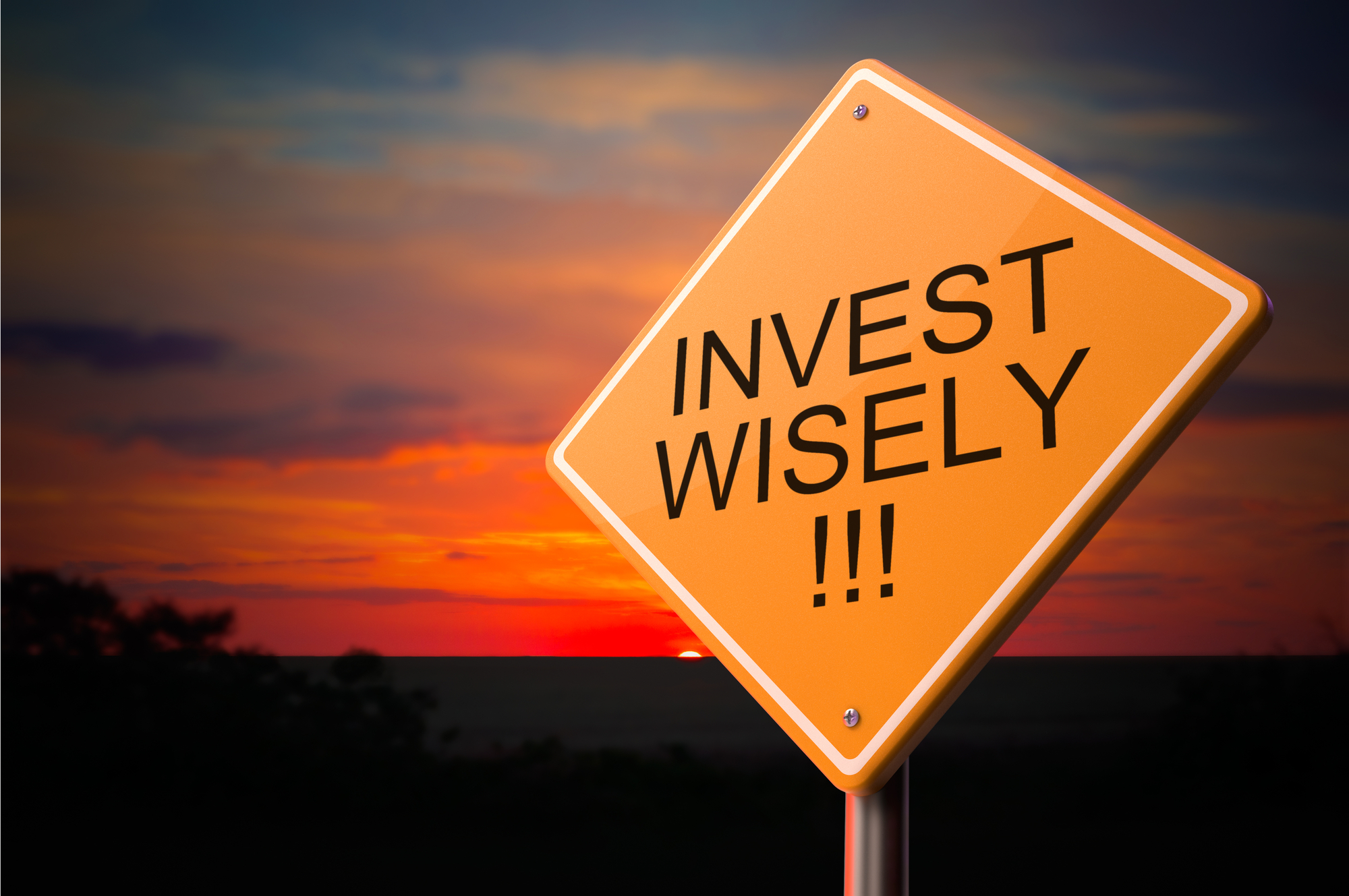Do you know when to invest?

 Buy low and sell high
Buy low and sell high
Everyone has heard the phrase “buy low and sell high”, but how do you know when a stock is priced low and why do you want to buy low?
Why buy low?
You want to buy stocks when they are priced low, because that is where you are going to maximize your gains. If a stock is priced high at $58, there is no point in buying the stock at $55, $57, $58 or even at $60, why? Because the likelihood of the stock price going higher than $58 is very low, the stock is already trading at it’s high price of $58. Another advantage of buying low is to minimize your risk. If you've bought a stock at it’s low price the likelihood of it going down further during a market crash is very low. Therefore buy low to maximize your gains and minimize your risk.
How do I figure out when a stock is priced low?
Before I answer that question, I need first to cover two things with you: dividends, and dividend yield
What’s a dividend?
A dividend is a cash payment made to shareholders. For example, the current annual dividend for Johnson & Johnson (JNJ) is $3.80. If you own 100 shares in JNJ you will receive $380 each year for as long as you own those shares, and as long as JNJ continues to pay out a dividend. The dividend is yours to keep; you can spend the money or re-invest it if you wish!
What is Dividend Yield
The dividend yield is the annual dividend divided by the current share price:
Dividend Yield = Annual Dividend / Current Share Price
Using JNJ as an example, we can simply calculate the dividend yield:
Dividend Yield = Annual Dividend / Current Share Price
Dividend Yield = $3.80 / $142
Dividend Yield = 0.0268 x 100
Dividend Yield = 2.68%
2.68% represents the return on your investment. If you invest $8000 in JNJ you would receive $214.40 in dividends each year: 2.68% of $8000 = $214.40
How do I figure out when a stock is priced low?
Let’s see what happens to the dividend yield if the stock price starts to go down:
Dividend Yield = Annual Dividend / Current Share Price
Dividend Yield = $3.80 / $142 = 2.68%
Dividend Yield = $3.80 / $100 = 3.80%
Dividend Yield = $3.80 / $60 = 6.33%
Dividend Yield = $3.80 / $50 = 7.60%
Dividend Yield = $3.80 / $30 = 12.67%
Notice that the when the stock price drops the dividend yield goes up. You want to buy low because the yield will be higher which means a higher return on your investment.
The best method for determining when a stock is low is to compare the stock’s current dividend yield to its average (10yrs) dividend yield. When its current dividend yield is higher than its average dividend yield the stock is undervalued (priced low) and worth consideration.
When it Comes to Investing Stay on Track
Undervalue is just one component to consider before you invest in a stock, don’t forget the other 11 Rules. The can see the complete list of the 12 Rules for Simply Investing here. Stephen Jarislowsky shares his similar wisdom in his book The Investment Zoo (page 89):
“Some may say that anything is worth buying if the price is low enough. However, my rule is to invest in top-quality, largely non-cyclical growth stocks that have predictable high rate of earnings and, hopefully, dividend growth. I believe that if you keep this in mind, you will stay on track. Then there is no reason to be confused and overwhelmed by all the stocks (like stars) that are out there.”
Remember to focus on each of the 12 Rules of Simply Investing, they are designed to keep you out of trouble and help you succeed.
In the Simply Investing Course I cover with you the 12 Rules of Simply Investing, with real-life examples, and show you how easily you can select quality undervalued (priced low) stocks for long-term growth.
Did you enjoy reading this article? If so, I encourage you to sign up for my newsletter and have these articles delivered via e-mail once a month…and it’s free!

1 comment
In stocks, companies that consistently pay dividends are already taught usually a dividend premium in price. On the other hand, a little risk can be invested in companies that are underestimated by the market compared to competitors the same with calculation for dividends
Leave a comment